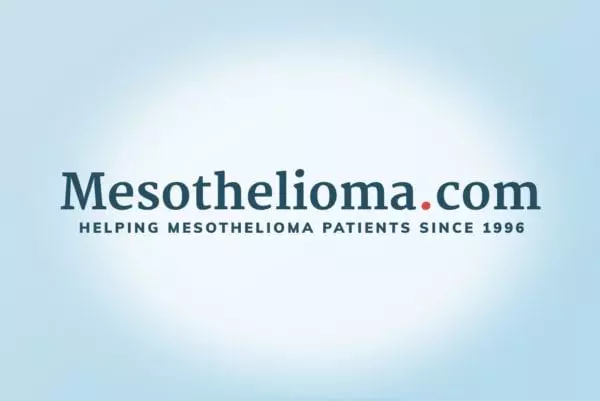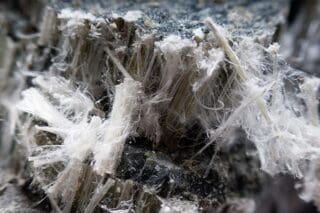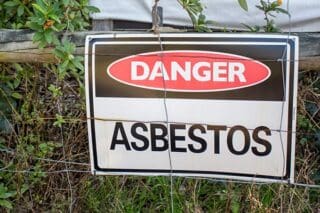On September 11, 2001, the world changed. Thousands of people died in the attacks on the World Trade Center towers in New York City, the Pentagon in Arlington, VA, and United Airlines Flight 93 in rural Pennsylvania. Millions more were affected deeply by the loss of co-workers, friends, and loved ones.
Sadly, many people were affected in another way, as well. For those who survived the attacks, and for many who helped in the search, recovery and restoration efforts after the attacks, the impact of 9/11 is still a very real concern.
Lasting Health Impact of 9/11
Fourteen years after 9/11, we are in the time period where health effects are starting to take their toll on the survivors. The early ramifications of diseases with long latency periods – such as malignant mesothelioma – are just now starting to be uncovered. It may yet be many years before we know the full extent of the devastation that 9/11 will have on those who offered their services to help recover from the worst terrorist attack ever on U.S. soil.
For example, earlier this year, Macy Borders passed away from stomach cancer. Known in the media as “the dust lady,” Macy became famous after 9/11 due to a picture of her covered in dust generated by the collapse of the Twin Towers. Based on studies by air pollution experts at the University of California Davis, post-9/11 dust contained as many as 2,500 different contaminants – including asbestos, lead, mercury, fiberglass, and other particulate construction debris.
9/11 Workers Affected
In addition to the many deaths that occurred on 9/11, slow killers like mesothelioma cancer continue to affect the brave women and men who worked to save others and clean up wreckage. Some of the most affected groups include:
Police – In addition to cops who were first on the scene to help people escape the damage, many police officers joined the rescue and recovery efforts in both official capacity and as volunteers. Officers – like Reggie Hilaire who was a rookie on 9/11 – worked diligently while exposing themselves to toxins and potentially developing cancer and other diseases.
Firefighters – In the aftermath of the attacks, firefighters loaned their skills not only to help put out fires, but also to rescue those trapped beneath the rubble. In addition to facing immediate danger from unstable wreckage and fire, they risked long-term damage by breathing in the deadly dust that circulated in the air.
Cleanup experts – The last truckload of debris left Ground Zero on June 25, 2002, more than ten months after 9/11. During that time, thousands of workers were exposed to varying levels of carcinogens and other contaminants.
Inspectors – Both federal and state inspectors were busy in the ensuing weeks after 9/11 making sure that nearby structures were safe. Even as they were verifying the safety of buildings for others, they were putting themselves in danger from the dust-filled air.
Military and National Guard – Concerned that terrorists might attempt another attack in the confusion and cleanup after 9/11, military and National Guard personnel protected Ground Zero and surrounding neighborhoods, as well as strategic locations and thoroughfares. Soldiers stationed near Ground Zero risked breathing in asbestos and other pollutants.
Volunteers – Thousands of volunteers from organizations like The Salvation Army and The Red Cross traveled to Ground Zero to offer material assistance like food, water, medicine, shelter, and other items, as well as counseling services and connection points for family members to find each other. Many of these volunteers were close to Ground Zero, where they may have breathed in dust from the collapsed buildings.
In addition to these rescuers and workers, those who lived, worked, or owned businesses near Ground Zero are all at risk for developing illnesses like mesothelioma and other cancers due to the events of 9/11.
Mesothelioma and 9/11
Given that the typical mesothelioma latency period can be anywhere from 10 years to 50 years, it’s possible, and even likely, that we’ll continue to see 9/11-related cases arise for decades to come.
So, what can we do? In addition to remembering the lasting emotional, social, and economic impacts that 9/11 has had on all our lives, we can bear in mind that there are people for whom the impact is still very much a daily struggle. We can continue to fund research that looks for mesothelioma cures.
We can also help those who have been affected by mesothelioma due to the 9/11 attacks. In 2012, the World Trade Center Health Program added mesothelioma, along with other cancers, to its list of diseases covered by the James Zadroga 9/11 Health and Compensation Act. This program gives victims who developed mesothelioma due to 9/11 an opportunity to pay for treatments.
To learn more about how a mesothelioma victim you know can receive benefits from the World Trade Center Health Program or a mesothelioma trust fund, request your free information packet using the form below.





